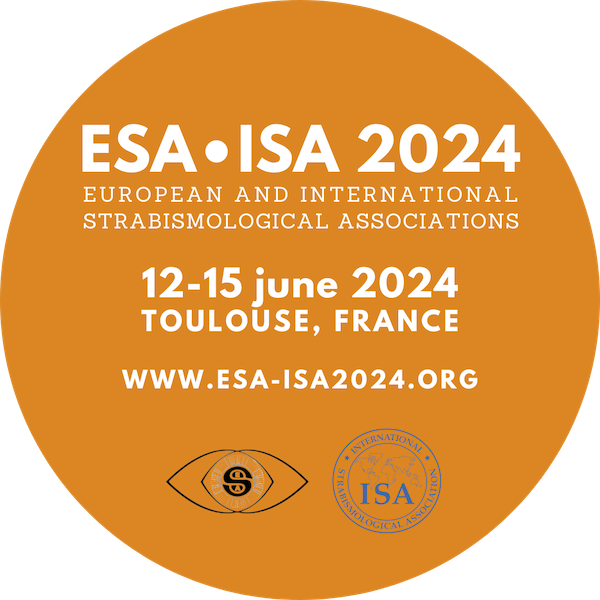
Session: John Lee (Rapid Fire) Poster Session
A Patient Registry for the Binocular, Dual-Acting Digital Therapeutic for Amblyopia from Anisometropia and Mild Strabismus: Real World Outcomes following Prescription of Luminopia
Title
A Patient Registry for the Binocular, Dual-Acting Digital Therapeutic for Amblyopia from Anisometropia and Mild Strabismus: Real World Outcomes following Prescription of Luminopia
Introduction
Real world data from a registry of patients prescribed the digital therapeutic Luminopia for amblyopia associated with anisometropia and/or mild strabismus was analyzed to characterize response to treatment.
Methods
Patients with amblyopia and ≥12 weeks of Luminopia were enrolled in a multicentered, retrospective registry. Data collected included ocular history, amblyopia type, amblyopic eye (AE) best-corrected visual acuity (BCVA), and digitally measured treatment adherence.
Results
62 patients were evaluated. Median age was 8 (IQR: 6-10); 48 patients (77%) had a history of patching for a mean of 34±28 months. Mean BCVA was 0.43±0.26 logMAR at time of prescription and 24 (39%) had strabismic or mixed amblyopia.
By the first follow-up, an average of 84±39 days post prescription, mean AE BCVA improved by 0.85±1.4 lines (p<0.01); 25 patients (40%) improved by ≥1 line.
From prescription to the most recent follow-up, 159±77 days post-prescription, mean AE BCVA improved by 1.1±1.4 lines. Mean, and 95% confidence interval of change in BCVA (logMAR) since prescription for each sub-group: for 4-7 years: -.09 [-.14, -.05], >7 years: -.12 [-.18, -.07], history of patching: -.1 [-0.14, -0.07], strabismic amblyopes: -.11 [-.17, -.05].
For the first 3 months of digital treatment, median adherence was 80% (IQR: 56-98%). Adherence was similar between subgroups for age (p>.6), prior treatment history (p>.19) and strabismic amblyopia (p>.6).
Therapy was well-tolerated and no safety events were reported.
Conclusions
Luminopia patients in this real-world analysis have clinically meaningful improvements in vision and strong adherence during the first three months of the digital treatment, even in difficult-to-treat patients with respect to age and prior therapy.